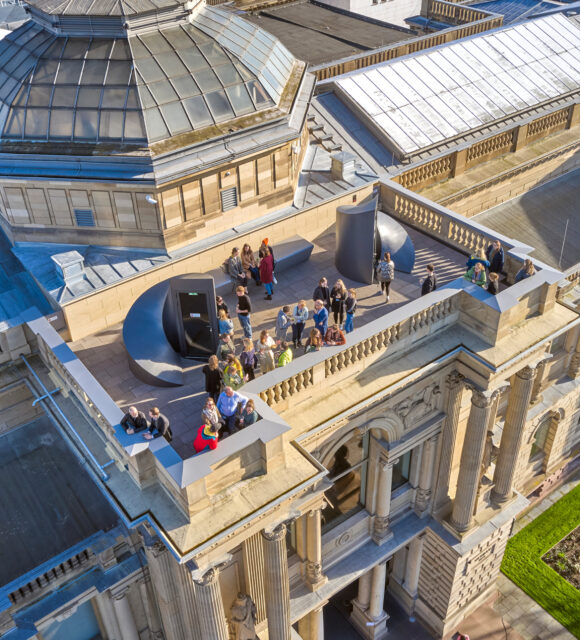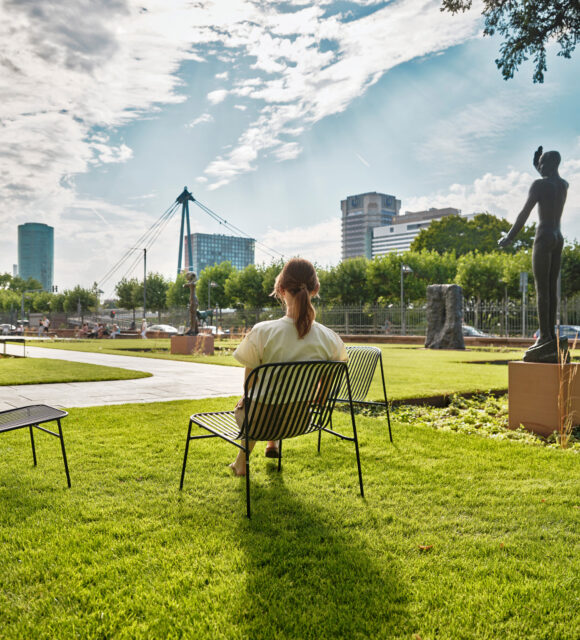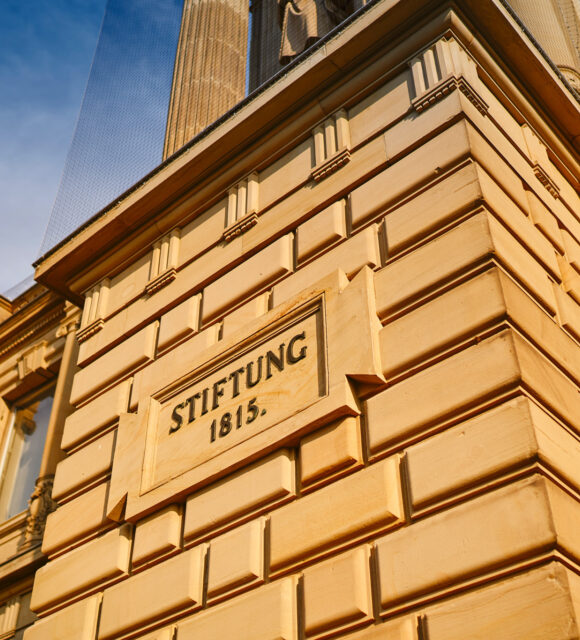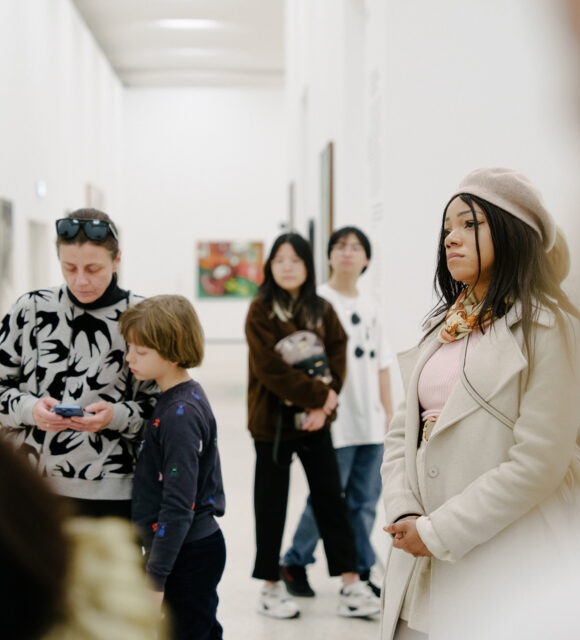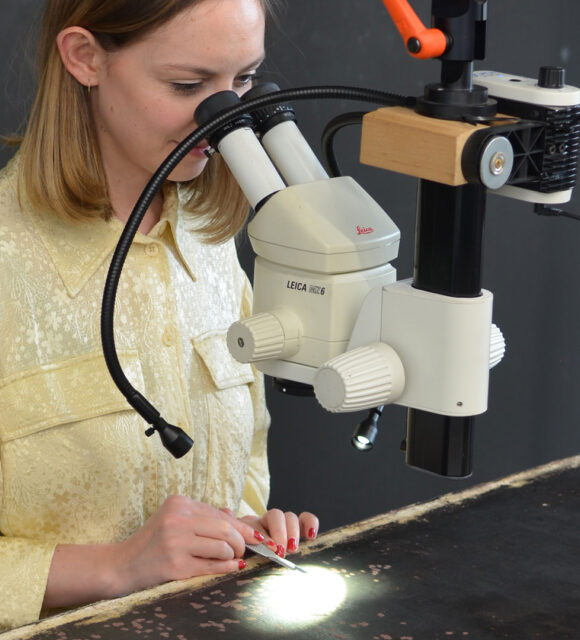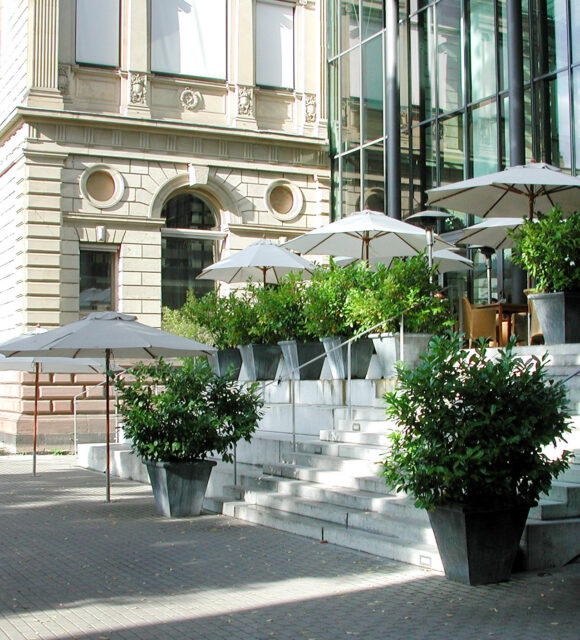About the Presentation
This cabinet exhibition presented selected areas of nineteenth-century landscape photography—from the depiction of domestic landscapes and parks to the exploration of regions remote from civilization to the microphotographic documentation of botanical details for scientific purposes.
After photography’s invention in 1839, landscape was one of its first pictorial subjects. In terms of motif and composition, landscape photography initially adhered strongly to painting tradition. Soon, however, new modes of depiction and use developed out of the spectrum of possibilities offered by the photography medium. Bernhard Johannes’s shots of the Bavarian Alps were extremely popular with travellers. Equipped with darkroom tents, photographers explored pristine nature in remote regions for weeks on end. Carleton Watkins, for example, went on an expedition of Yosemite Park in California.
The technical challenge of landscape photography was to achieve the greatest possible depth of field. One pioneer of photographic research into the effect of light was Hermann Wilhelm Vogel. A theoretician and practitioner in one, he consistently combined the scientific and artistic perspectives. The picturesque images by August Kotzsch, on the other hand, served artists as study material from the 1870s onwards.
Curator
Dr Kristina Lemke (Head of Photography, Städel Museum)



